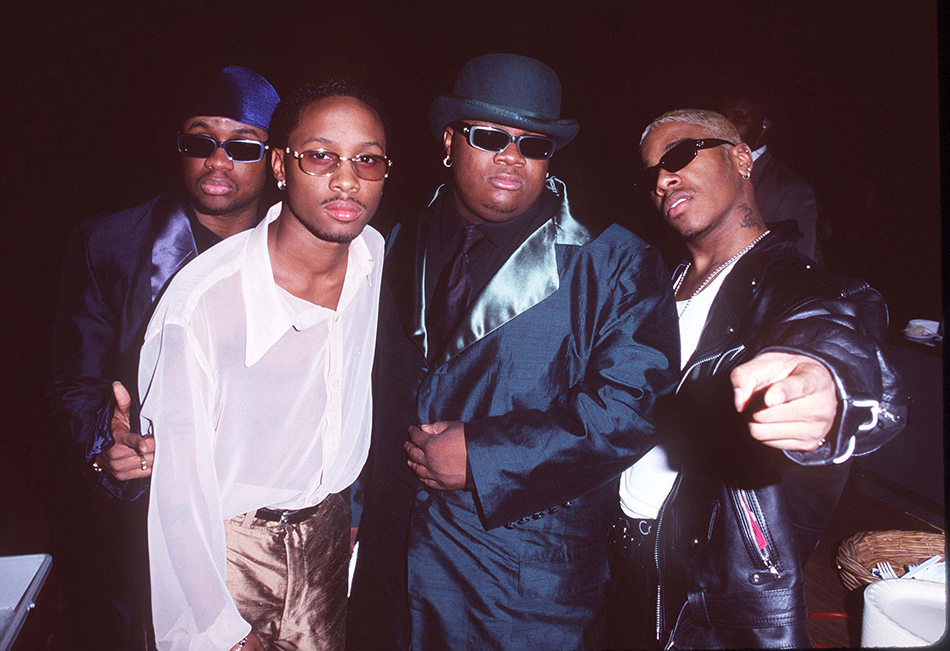‘Unsung’ Carries Its Tune Into Black Music Month
June is Black Music Month, and few cable shows embody the celebration of African-American musical artists more than TV One’s long-running Unsung. In its recently concluded 14th season, the docuseries — which has profiled performers ranging from Teddy Pendergrass to Rick James to DeBarge — finished as the network’s most-watched series and the most-watched show during its Sunday 10 p.m. time slot among African-American viewers, according to Nielsen.
With a new season already in the works, Unsung executive producer in charge of production Jason Ryan spoke to Multichannel News about the A. Smith & Co.-produced show’s longevity, as well as its strategy to attract younger viewers while remaining relevant to its core audience of adults 25-54.

MCN: How has Unsung helped to define TV One’s brand?
Jason Ryan:Unsung is our longest-running and our award-winning series. It’s one of those series that defines the network: People know TV One for Unsung just because it’s been running for so long. We get such a great response from fans and viewers, and many of the artists that have participated over the years have been really excited about being a part of the show.
MCN: What has the show done to help influence the business of music?
JR: It’s really important to provide a platform that really tells the story of influential black artists in this intimate type of setting. We celebrate their music, but we also tell their story. It’s just a really impactful platform, not only for the network but also culturally. Most of the time we hear artists when they are performing at a concert or they’re interviewing about a new project. This is a way to get into their story and give them a platform that you rarely see in the mainstream.

MCN: After initially focusing on artists from the ’60s and ’70s, more recent seasons of Unsung have also featured ’80s and ’90s artists. Has that introduced the series to a new generation of viewers?
The smarter way to stay on top of the multichannel video marketplace. Sign up below.
JR: Incorporating some of those more-recent artists has helped broaden the scope of the show. Early on, it was more ’60s and ’70s artists, but as we’ve introduced some ’90s artists, those episodes have been received very well. As the show goes on through the years and we begin to separate from the eras, we can go back to those artists in the ’90s and 2000s because the show has been on for so long. That allows us to choose from an even larger pool of artists for future episodes that are more familiar to younger viewers.
MCN: Are you looking to make any changes to the format going forward?
JR: We’ve been talking long-term about some ways to tweak the show and make it stronger, but in the end it’s the artists and stories that make the show stand out. For the first time this past season, during our Dru Hill episode, we added an Unsung digital element in which an artist that’s featured performs a song live. For us, it’s not so much about changing the show, but more about evolving the show so that we can further engage the viewer and the artists.
R. Thomas Umstead serves as senior content producer, programming for Multichannel News, Broadcasting + Cable and Next TV. During his more than 30-year career as a print and online journalist, Umstead has written articles on a variety of subjects ranging from TV technology, marketing and sports production to content distribution and development. He has provided expert commentary on television issues and trends for such TV, print, radio and streaming outlets as Fox News, CNBC, the Today show, USA Today, The New York Times and National Public Radio. Umstead has also filmed, produced and edited more than 100 original video interviews, profiles and news reports featuring key cable television executives as well as entertainers and celebrity personalities.

